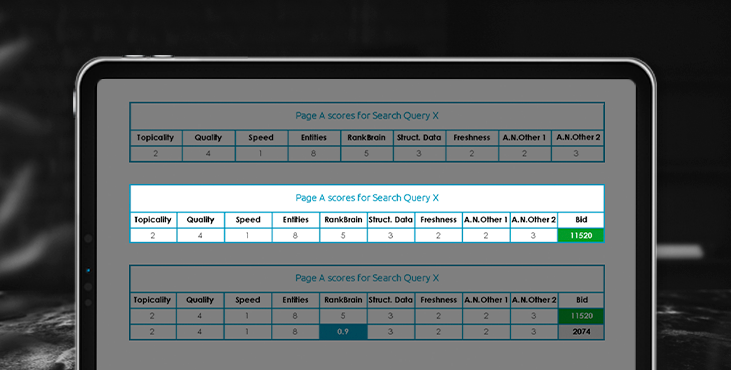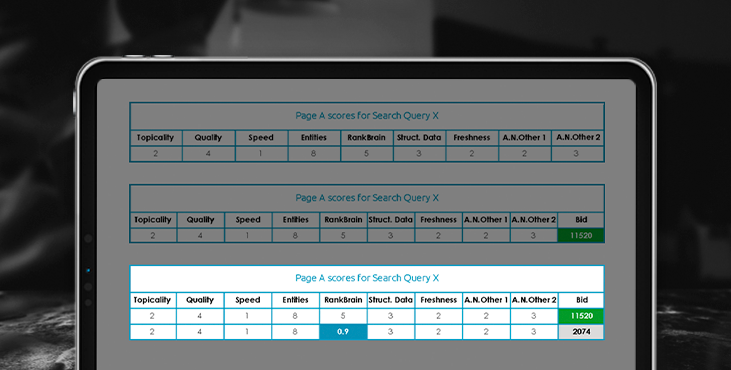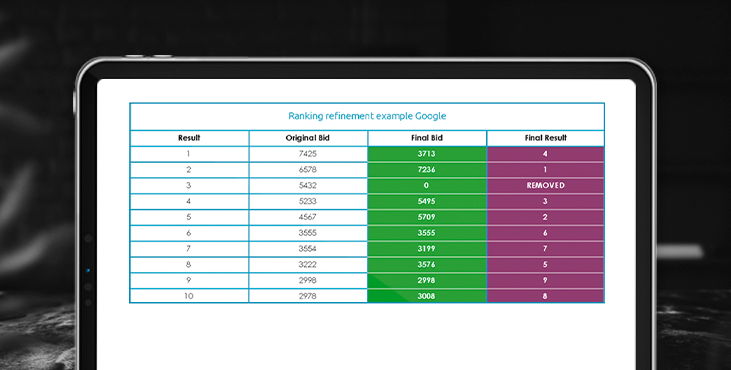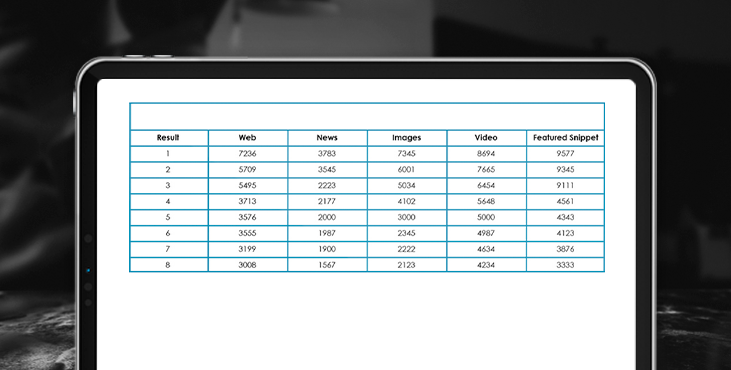
How Google ranks sites: work of the algorithm and the search principle
The purpose of the article is to give you an understanding of how Google's algorithms work.
How does Google search ranking work?
What are the rating factors
There are thousands of ranking factors, and Google doesn't tell us about them in detail. But still we can form an understanding of how the Google search engine works.
Google says they group them by topic, quality, page load speed, entities, RankBrain algorithm, content freshness, and data structure.
Let’s talk about the two of these seven factors which are the most complicated for us to understand.
RankBrain Algorithm. Given a request, RankBrain determines which signals will be the most important to provide the best result. For example, for the query [best gifts for Christmas], the publication time factor will be decisive. At the same time, for such a request as [Holodomor in Ukraine], credibility will be more important than freshness.
Entities in SEO. Google defines an entity as "a unique and well-defined thing or concept." Entities are important to SEO because they represent the real world in terms of entities/objects and the relationships between them.
Each rating factor has a set of signals. For example, page quality is calculated primarily from page rank, but also includes other signals. Structured data includes tables, lists, and HTML5 semantics.
Google algorithms calculate a page score for each of the ranking factors:

How ranking factors affect bid
Google takes the scores for the individual ranking factors and adds them up to calculate the overall score. For this, the term rate is used.
The total bet is calculated by multiplying these points.

Beware: a low score on one factor can kill your ranking
Any score below 1 will greatly harm your ranking, even if all other scores are excellent.

See how much the rating drops due to a decrease in the score for one factor. This is enough to throw the page out of the competition.
The numbers below show how important it is for all other factors to be high when one of the indicators dipped. You can’t ignore a weak indicator - you need to work on raising it above one.
The system rewards pages with good scores across all metrics.
What the ranking looks like based on the staking system

Clarification of bids for the final rating
The top results in the top ten are sent to the second algorithm, which must output the final ranking and eliminate all unsuitable results.
This recalculation can raise, lower the rate or leave it the same. It seems that this filter mainly blocks irrelevant, low-quality and unfair content that the original Google algorithm missed.
Now we're looking at the final bid set, which might look something like this:

Note that in this example, one result is given a zero score and is therefore excluded entirely. Since we are multiplying the scores, a zero score will result in the total score also being zero.
We now have a list of the final 10 candidates on the first page of search results.
Ranking factors
Applicants compete for the first place on the page based on cumulative results.
Each type of result/expanded description competes for a place on the first page of search results.
News, images, rich descriptions, carousels, maps - each element provides a list of candidates at their rates for page 1.
Candidate ranking factors
The combination of factors that affect the ranking of the cumulative results of candidates is specific to each, as some factors will be unique for one case and will not apply in another.
For example, alt tags that are applied to images for one candidate's results, a sitemap that will be considered for news from another candidate.
Weighting factors in candidates' cumulative results
The relative weight of each factor will also be different for each candidate, as each one provides a certain type of information in a certain format.
The goal is to provide the most relevant elements to the user by:
- content;
- media format;
- place on the page.
For example, the freshness of the content will be a weighting factor for news, and the RankBrain score for the Quick Reply block.
Calculations of rates based on the cumulative results of candidates
The bids on the combined results of each candidate are calculated in the same way as in the example above: using multiplication and a second Google refinement algorithm. Google then gets a number of candidates competing for a spot or multiple spots.

Competition for a place on the first page
Candidates compete on cumulative results. It seems that the rules for winning are different for each candidate.

The rules used in this table are assumed and do not reflect how Google actually does it.
Google is looking for any rich result that will provide the best solution for the user. When it determines a candidate's best score, that score is assigned a spot by one or more Classic Blue Links.
Final selection of extended elements on page 1
Each cumulative result of a candidate has certain limitations, and all of them are subject to the traditional classic blue links.
- One result, one possible position (extended description, news)
- Many results, many possible positions (images, videos)
- Many results, one possible position (news, carousel)
The winners from the table above are:
Images: We have one winner who outperformed the web link result in image scores.
Video: Two winners that outscored the result of the web links in column 2.
Extended Description: There are three winners who outscored the result of the weblinks in the column.

Because rankings are given to rich descriptions, web results with lower rankings go to the second page.
A little bit of theory
Natural selection in search results.
It seems that some rich descriptions will naturally grow and get more and more space on the first page.
Other elements will naturally appear less frequently, and some will die out altogether.
This system isn't going anywhere anytime soon. Google's rich description ranking approach will expand and adapt to changes in response delivery.
Google can create a new rich item, add it to the system, and let it compete for space. It will win a place in the search results if it is a more appropriate option than the classic blue links.
Get an SEO Analysis for your website as a bonus
Tell us what you think
By clicking 'Submit', you agree to Privacy Policy and authorise our staff to contact you. You are liable under the Personal Data Protection Act if you key in false personal data or other people’s personal data.
offers and news
